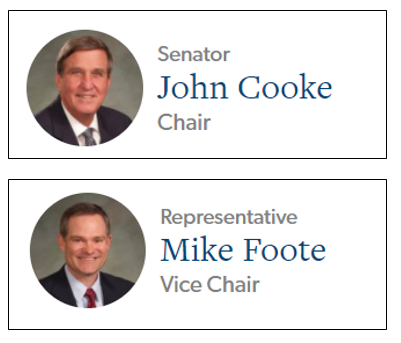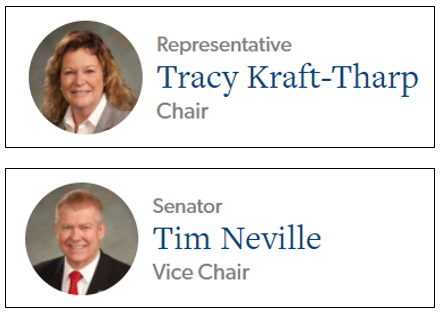
Joint Budget Committee to Write State’s Budget for the 58th Time
By Jessica Wigent This week LegiSource publishes its final installment in the series on statutory committees that oversee the legislative staff agencies. The series so far has addressed the history […]


